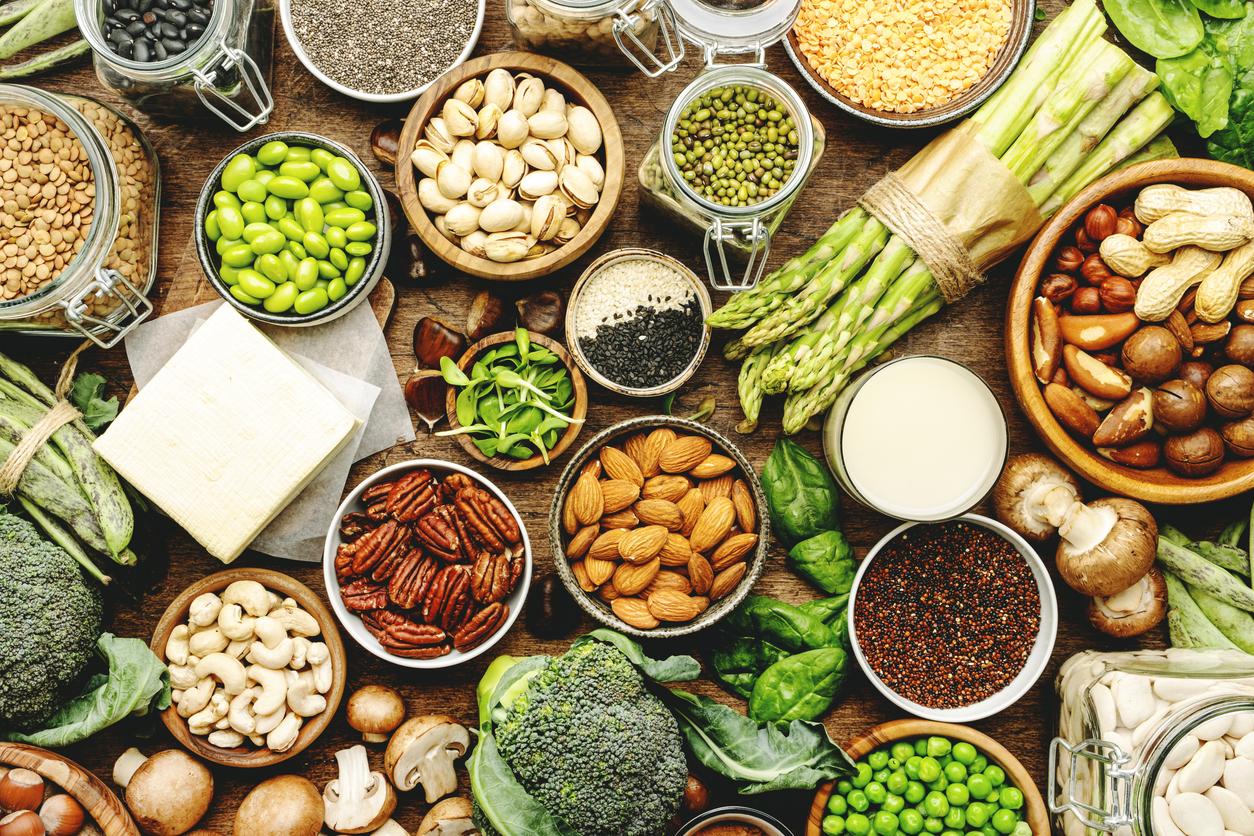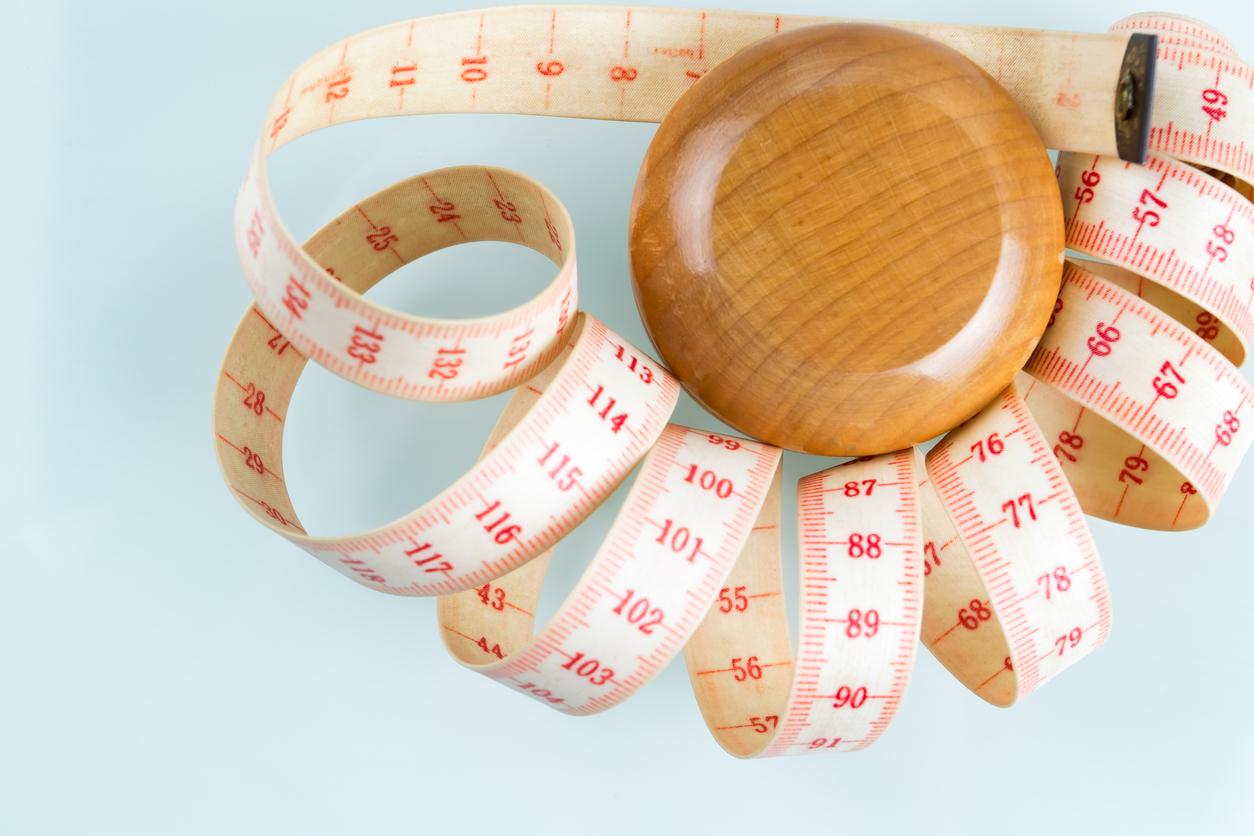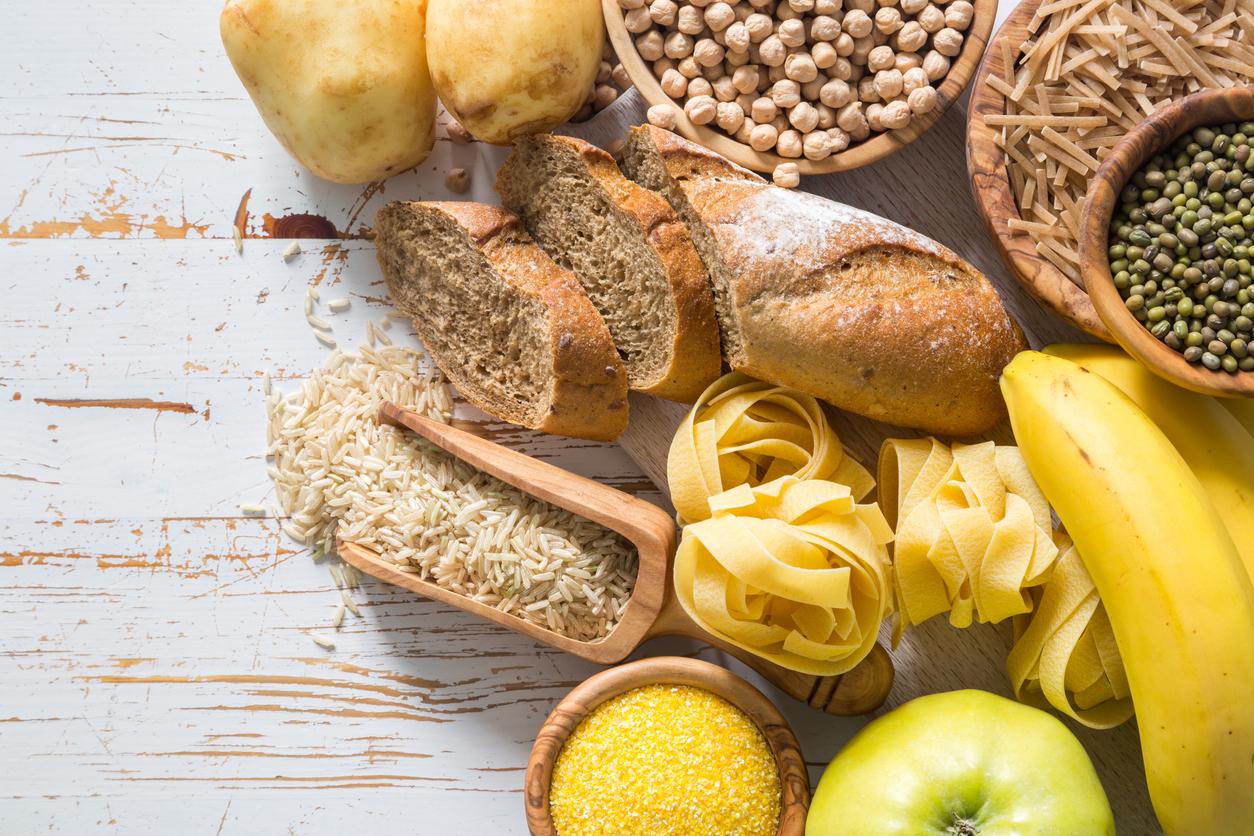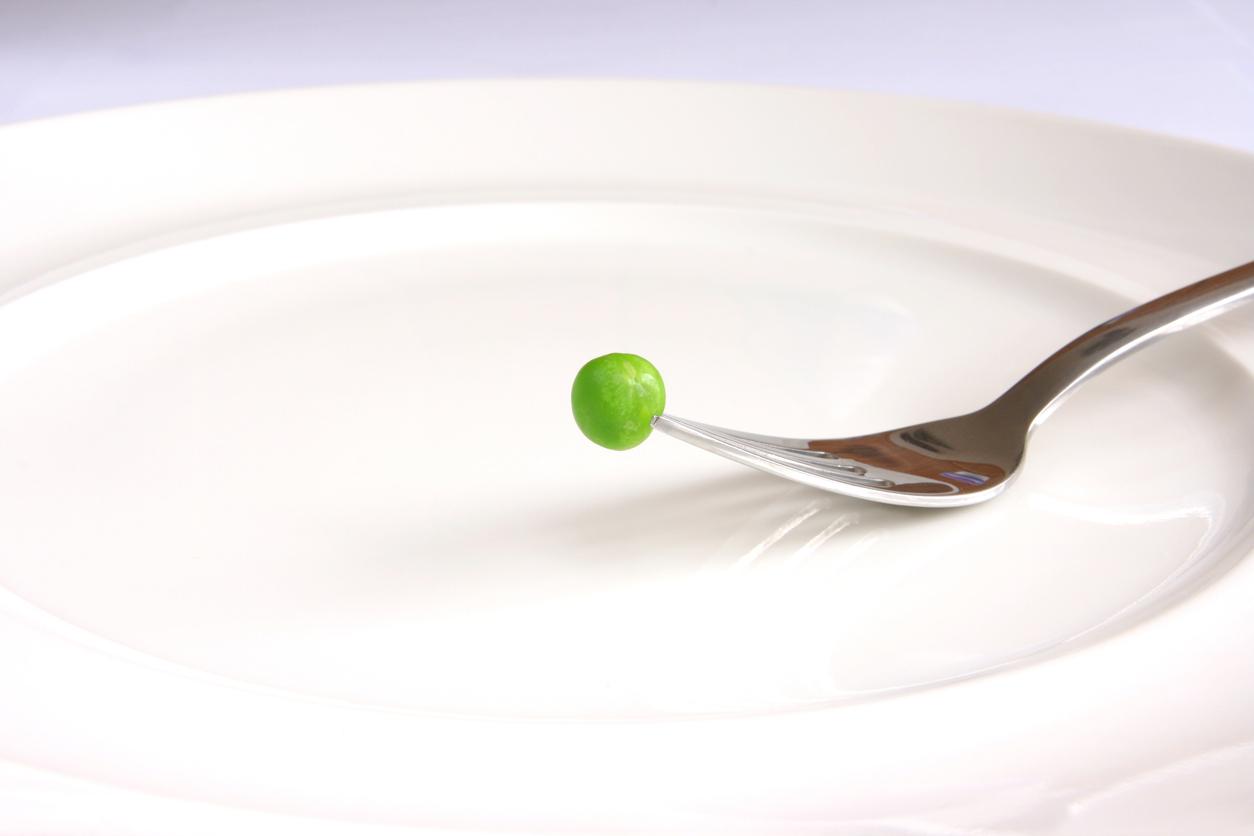
About sugars, dietary fiber and starch
Carbohydrates are regularly seen as the culprit. They are avoided in many diets. In diabetes, too much carbohydrates can cause problems. But carbohydrates are actually an important source of energy for the body. Those who eat healthy get 40 to 70 percent of their energy from carbohydrates.
Like proteins and fats, carbohydrates are nutrients. They are also called sugars or saccharides. The name carbohydrate refers to the combination of carbon (C) and water (H2O).
digestible
Foods contain both digestible and non-digestible carbohydrates, also known as glycemic and non-glycemic. Digestible carbohydrates can be broken down into glucose in the small intestine. That way the body can absorb and use the carbohydrates. Starch and sugars (glucose, fructose) are examples of digestible carbohydrates.
Indigestible carbohydrates are broken down in the large intestine by intestinal bacteria. Being dietary fiber.
Energy
Carbohydrates give the body energy. Carbohydrates are especially important for the brain and red blood cells. However, we do not only get glucose from food. The body can also make glucose from proteins itself. That is why we need a minimum amount of carbohydrates per day to prevent proteins from being broken down in the muscles as an energy source.
While providing energy is the main job of the carbohydrates, they do even more. The carbohydrate sugar gives taste to food and dietary fiber is necessary for proper bowel function.
single
In addition to categorizing by digestibility, you can also categorize carbohydrates by the number of sugar molecules they consist of. This is how we know:
- monosaccharides
- disaccharides
- oligosaccharides
- polysaccharides
Saccharide means sugar and monosaccharides are simple carbohydrates. The most important are glucose (eg grape sugar), fructose (fruit sugar) and galactose (in milk products).
Multiple
Disaccharides, oligosaccharides and polysaccharides are multiple carbohydrates. These therefore consist of several sugars. In the case of the disaccharides, there are two. Well-known examples are sucrose (beet or cane sugar, also called granulated sugar or table sugar), lactose (milk sugar) and maltose (malt sugar).
Oligosaccharides consist of three to nine sugar molecules, polysaccharides are even longer chains. For example, starch is a polysaccharide.
Power Sources
Carbohydrates, in this case starch, are mainly found in grain products such as bread and pasta, but also in potatoes, rice and legumes. The animal variant of starch, glycogen, is widely present in (organ) meat.
The healthiest carbohydrate sources are also high in dietary fiber. Whole-wheat bread, whole-wheat pasta, brown rice and legumes are therefore a good choice. In addition, these foods also contain many B vitamins and important minerals as iron, magnesium, chromium and zinc.
Too much or too little
Both an excess and a shortage of carbohydrates are not good for health. Eating too many carbohydrates can mean that you are eating too little protein or fat. Fats and proteins are also necessary for energy and also for the body’s cells and muscles.
A carbohydrate deficiency can mean that you are not getting enough of all the healthy nutrients, such as vitamins, minerals and fiber.
Sources):














